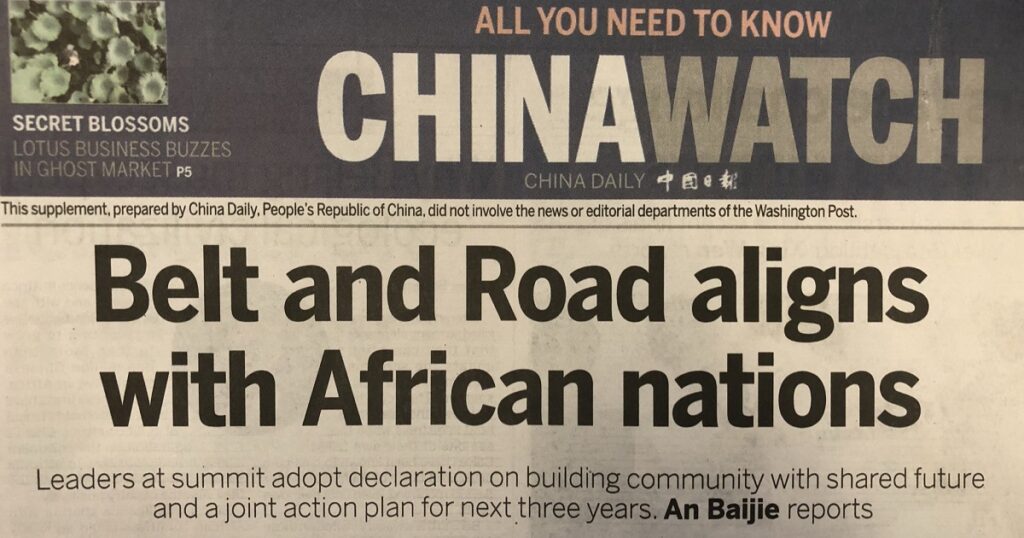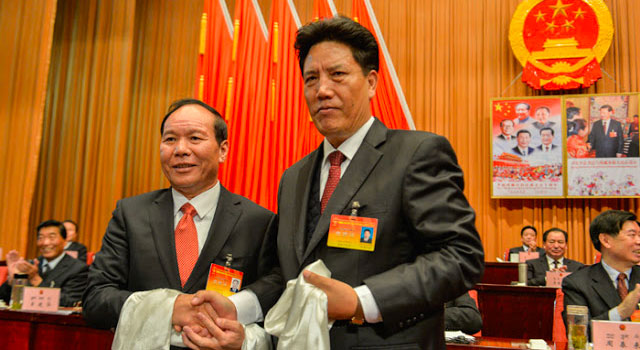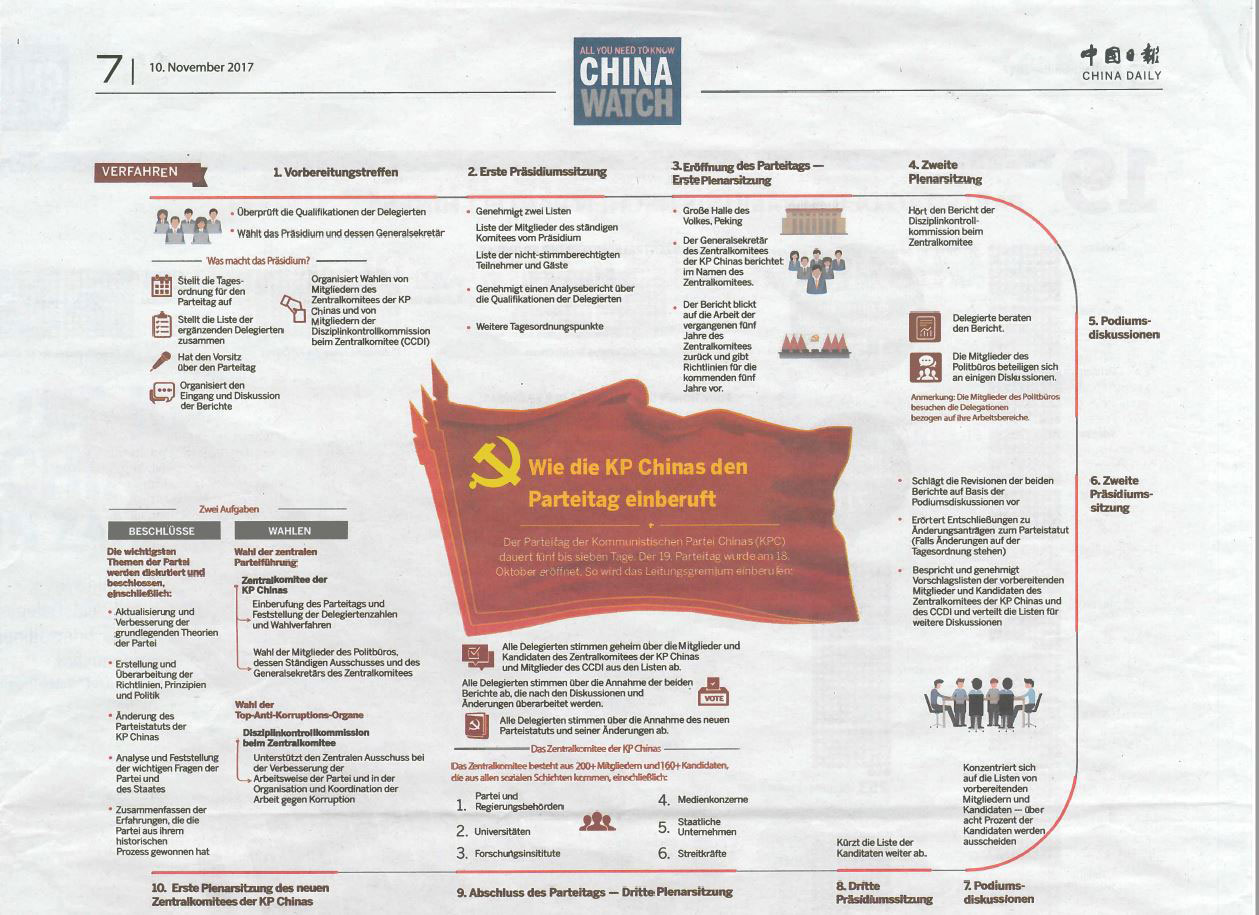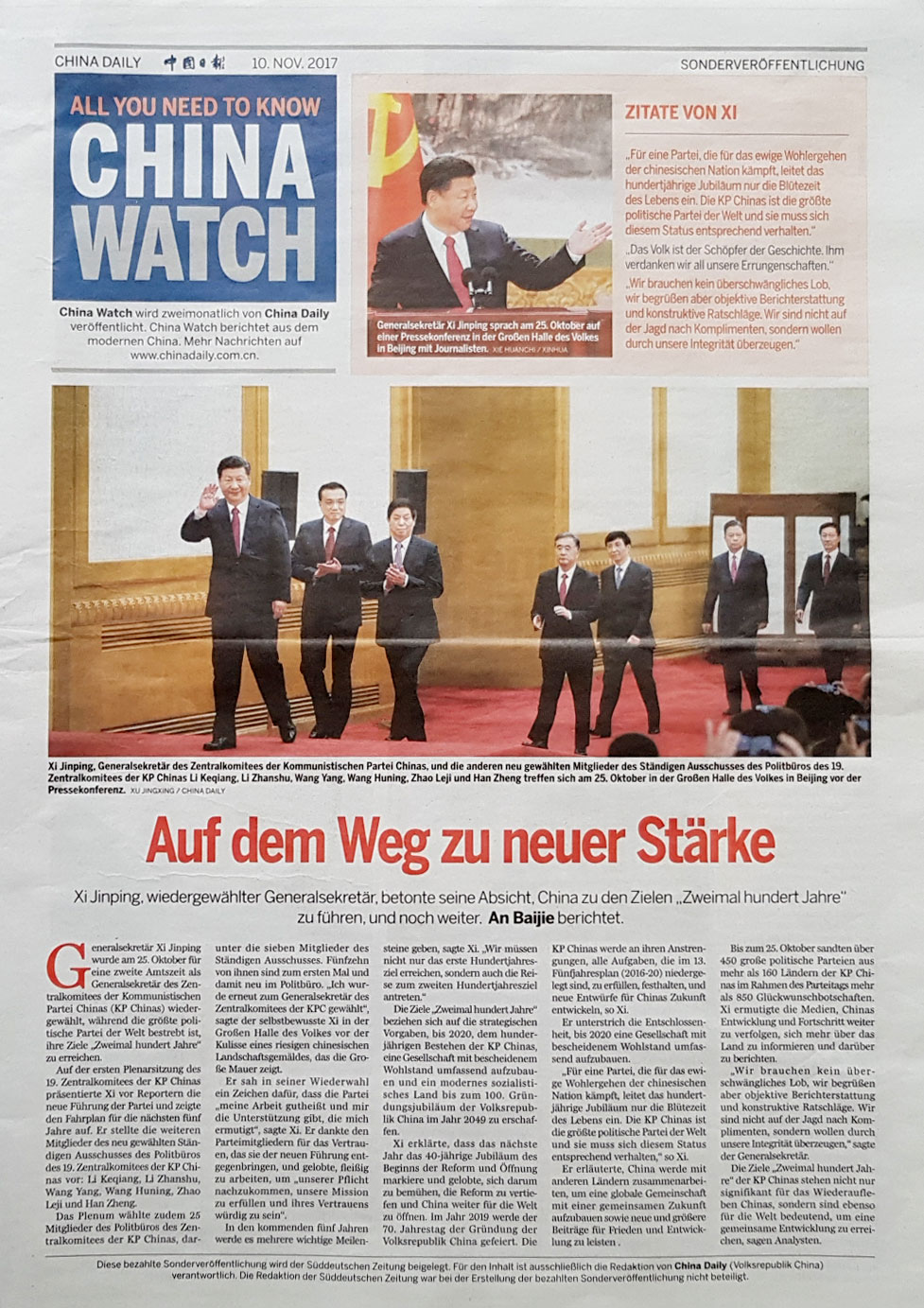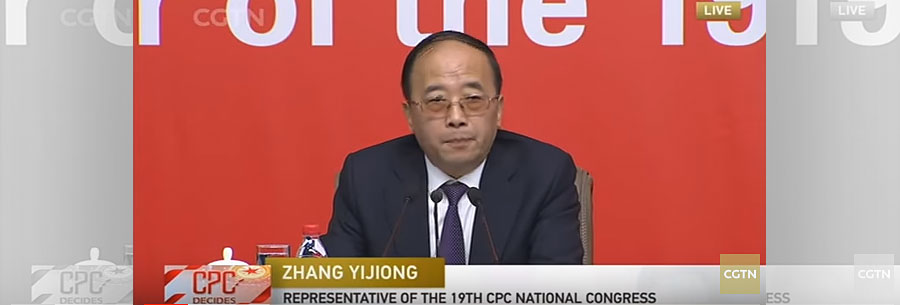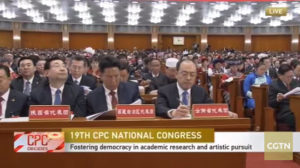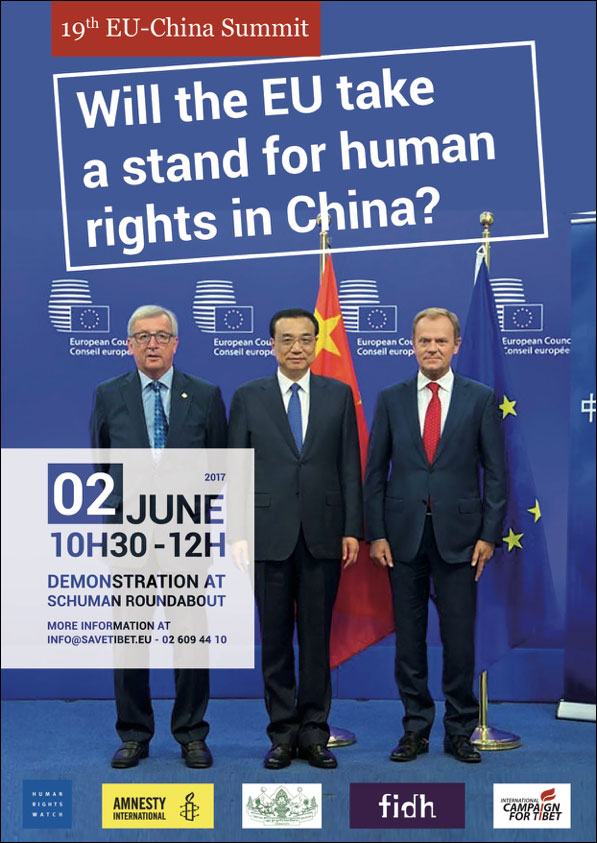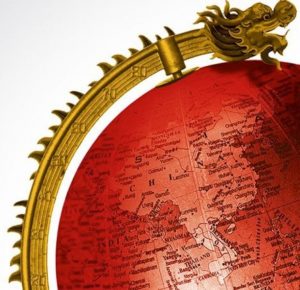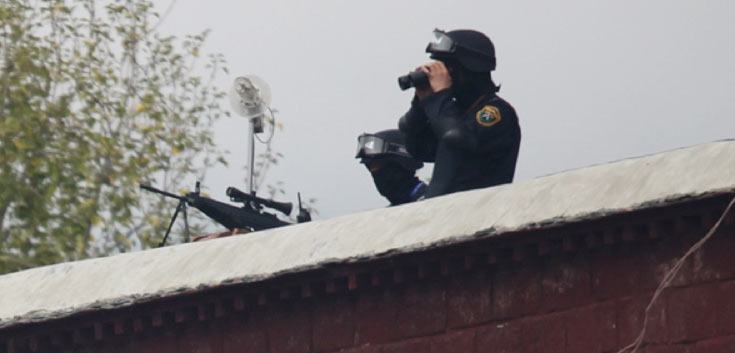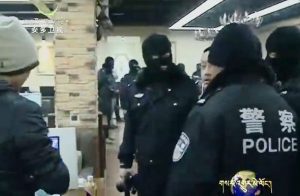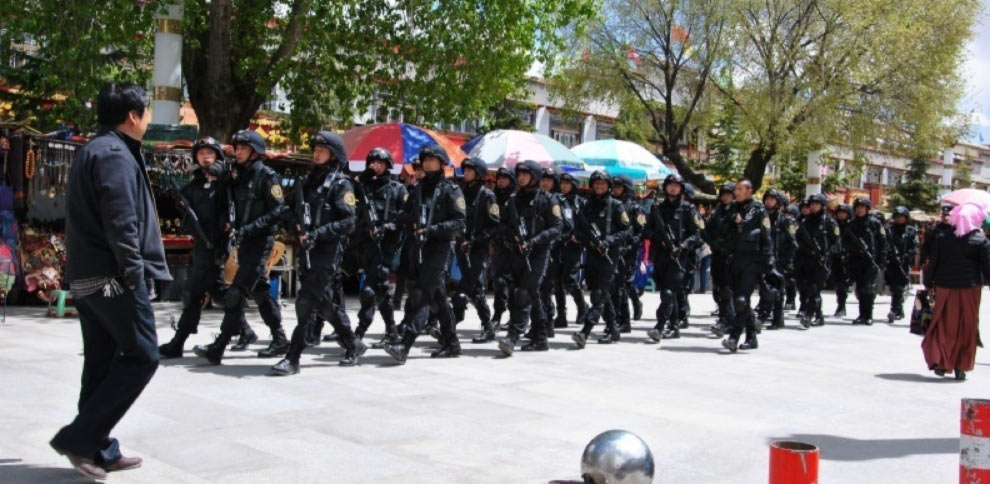Changing the public discourse on Tibet
A US-based public relations firm’s decade-old disclosure document reflects Beijing’s strategy to control and shape American public opinion on Tibet. The document unearthed by the US media group Axios last year carried critical information previously unseen by observers, although Beijing’s foreign policy to condition foreign countries to its politically constructed narrative on Tibet is clear throughout the last decade.
Beijing stepped up global influence operations to neutralize the Tibet issue in the quest to whitewash China’s image in the post-2008 Beijing Summer Olympics. A popular uprising in Tibet preceded the Summer Olympics, China’s coming-out party on the global stage.
Neutralizing Tibet
Beijing’s strategy to neutralize the Tibet issue includes both internal and external dimensions to not only hide the reality in Tibet but to control the discourse internationally. Internally repression was not only heightened in Tibet, but Beijing also constructed “copper ramparts, iron wall” and “nets in the sky, traps on the ground” to shut down the borders and communication channels to convert Tibet into a securitized black box hyper-managed by the state. Internationally, Beijing stepped up its influence operations mainly in the West to dominate and shape public opinion toward its politically constructed narrative. The method to achieving the set goal included setting up front organizations, sending government delegations, reinforcing government NGOs, financing and flexing its market power to proactively influence foreign countries and their citizens toward Beijing’s official master narrative. The International Campaign for Tibet observed 55 Chinese delegations, comprising government officials, academics and religious figures, to spread Beijing’s official narrative on Tibet internationally between 2009 to early 2018. The United States was the top destination during the period to alter the public discourse on Tibet through non-public meetings.
The principal front organization
Concurrent to controlling the stories of Tibetans from Tibet, Beijing stepped up its influence operations overseas to drive international public opinion toward its official narrative on Tibet. The establishment of the China-United States Exchange Foundation (CUSEF) unmistakably coincides with the year Beijing set out to boost its influence operations worldwide. Established in 2008, CUSEF functions as a front organization in Beijing’s United Front systemic approach for influence mission. Claiming to be an independent organization, the founder and current chairman of the CUSEF, Tung Chee-hua, is also a vice chairperson of the Chinese People’s Political Consultative Conference, one of China’s two legislative bodies with the mandate of shepherding everyone in the arms of the Communist Party of China.
The agent
CUSEF’s public relations firm Brown Lloyd James, now rebranded as BLJ worldwide, in its 2011 disclosure revealed its activities as an agent of its foreign principal CUSEF. Mitigating the Tibet issue in the United States is a key component of services for CUSEF.
Brown Lloyd James’ disclosure, as required under the US Foreign Agents Registration Act, carries a comprehensive plan to shape American public opinion. While some of the program activities impact the Tibet issue in the US indirectly, changing American public opinion on Tibet toward Beijing’s narrative is undoubtedly a vital component of the plan.
Acknowledging that Beijing’s rule and injustices in Tibet are unpopular in American public opinion, BLJ Worldwide then claimed that Americans’ opinion of Beijing could be “improved and event[sic] reversed in the public perception, but not overnight.”
Emphasis on American youth
For goal execution, BLJ’s plan targeted high school students, journalists, politicians and academics as the primary target groups, as well the general American public. The American youth demographic receives particular emphasis in BLJ’s strategy to reverse the American public opinion on Tibet. This includes a long-term plan for influencing the next generation of US thought leaders toward Beijing’s narrative on Tibet. One of the methods for shifting the public discourse specified conducting a “long-term educational campaign to inform a younger generation of learners” toward Beijing’s historical narrative on Tibet.
Conducting a CUSEF-sponsored “thorough analysis” of four leading United States high-school textbooks’ coverage and portrayal of issues relating to Tibet and China, BLJ planned to influence editors and publishers of the textbooks for “countering the tide of public discourse” on Tibet.
The emphasis on youth in effect means that BLJ’s foreign principal CUSEF’s American engagement is long term, which may span decades as Chinese stratagems are always known to be.
Journalists to Tibet
For its role in informing the American public, journalists form a key target group to be influenced to steer American public opinion on Tibet toward Beijing’s narrative. In strategic planning for organizing media trips to China, BLJ cites as an example to cherry pick journalists for media trips to Tibet for favorable coverage as a follow-up to a “familiarized” ethnic minorities and “religious diversity” media trip to China. Attaching significance to the next generation of US journalists, partnerships between CUSEF and graduate journalism programs were proposed to arrange “familiarization trips” to China for the US journalism students during their winter and spring breaks.
Despite the long-term nature of the strategic plans, influencing U.S. journalists on Tibet has had little to no success thus far. As the fourth pillar of a vibrant and robust democracy, American journalists have seen through Beijing’s ruse of access through stage-managed media trips to Tibet to influence the journalists. Beijing’s tactic has had some success in influencing journalists from like-minded authoritarian states or the states in Beijing’s Belt and Road Initiative, but those from Western liberal democracies in general have remained elusive to Beijing to date.
Goal of Chinese influence operations
The goal of the Chinese global influence operations is to dominate and bury the story of Tibet. Tibet’s story is one of Chinese military occupation and an ever-escalating repression and securitization in the past seven decades which are glossed over by Beijing as “70 years of peaceful liberation.” The story of Tibet touches humanity that has seen far too many wars, genocides, colonialism, oppression, and mass atrocities in history and continues to see them in the contemporary world. Beijing’s goal is to demolish the human story of Tibet and impose a Chinese state-centric narrative instead. It is a project in progress.

